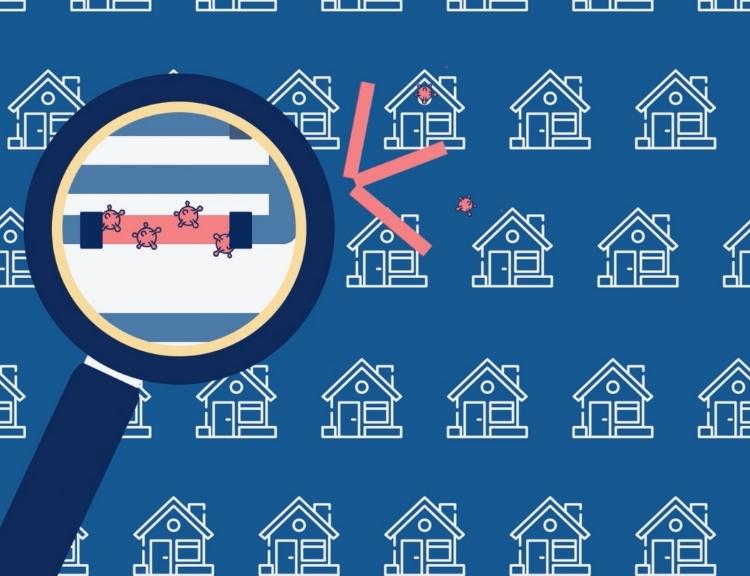Recently our co-CEO and co-founder, Eric Schwartz, gave an extensive interview with Travis Loop on the Waterloop Podcast. Travis and Eric discussed the relationship between A.I., machine learning, predictive modeling and lead pipes. In case you missed it, here is a breakdown of that conversation between Travis and Eric.
The interview started off with Eric explaining how this problem first came to his attention:
“My co-founder Jake Abernethy, our chief data scientist Jared Webb, and I…realized that to answer a simple question of how many lead pipes are there in Flint, after the international news media came and left, was still very difficult.
It’s because the uncertainty caused by all of these old records and lack of record keeping for decades meant that we just didn’t know.”
– 5:30 – 6:06
Eric goes on to give a run down of the approach of A.I. and machine learning to predict the presence of lead pipes – and give his explanation of predictive modeling:
“[We] resolve that uncertainty by finding patterns that are connected with homes that likely have lead and then we extrapolate and we predict for all the other homes for which we’ve not yet verified.”
– 6:22 – 6:35
“Let’s just say that we believe that the older a house is the more likely it is to have lead and actually that’s a very common and assumed models in people’s head. Sometimes they’ll just say anything built after 1986 has no lead and anything before 1986 we assume has lead.
Now that is when the federal government banned the use of lead but that’s an imperfect rule; we could have that model and start assigning lead vs. not lead based on that, but we’re going to make a lot of errors in both directions.
Maybe the year that homes were built in this database is actually not that accurate and it’s only telling us when there was construction recently but not the original build or maybe lots of these homes that we’re claiming have lead actually don’t and we’re going to waste a lot of time digging up these old homes that actually don’t have lead.”
– 8:09 – 9:06
Ultimately, starting with the question of “how many lead pipes are there in Flint,” we’ve ended up asking “how many lead pipes are there in the US”. Eric shared how BlueConduit is making predictions at larger scales now as we’ve grown.
“The more data we have, the more we learn, the better we can find lead across cities and that’s something that we’re really excited about right now at BlueConduit because we’re just at the point where we do have enough data from a variety of cities across ten states and fifty plus cities where we are now making predictions at the aggregate level for a whole water system even though we have not worked with a client in that water system we now have estimates for every water system in the country.”
– 12:45 – 13:15
Listen to the full Waterloop podcast to hear more!





